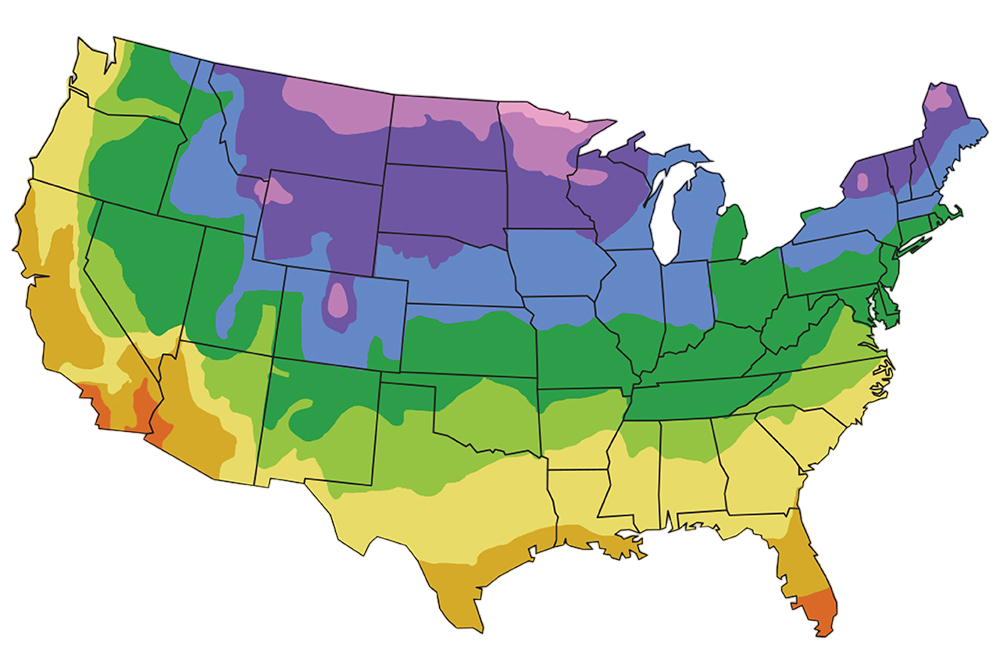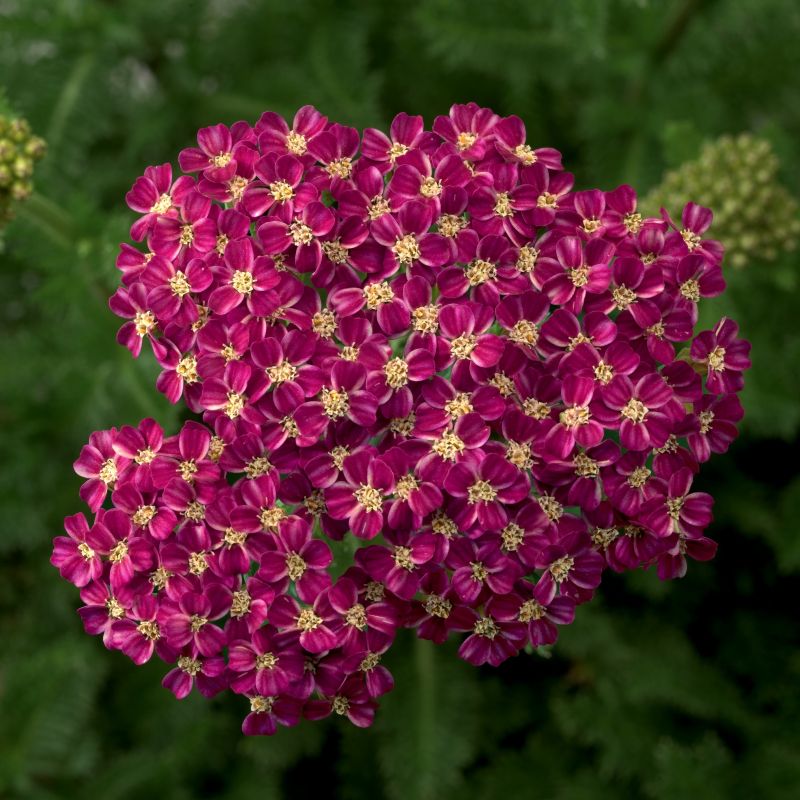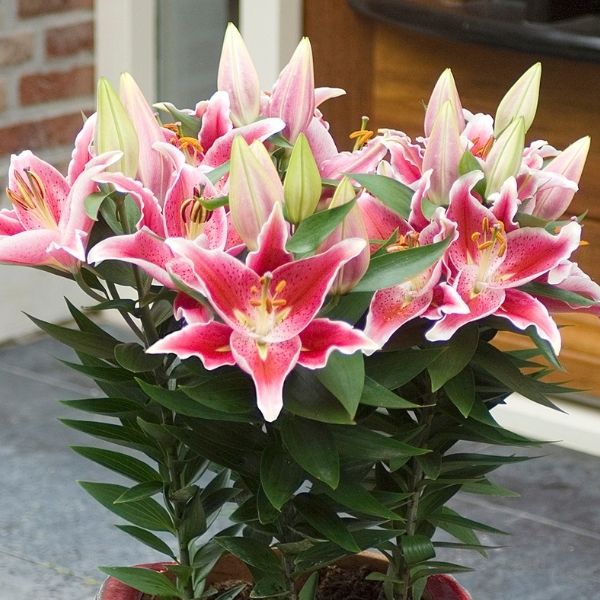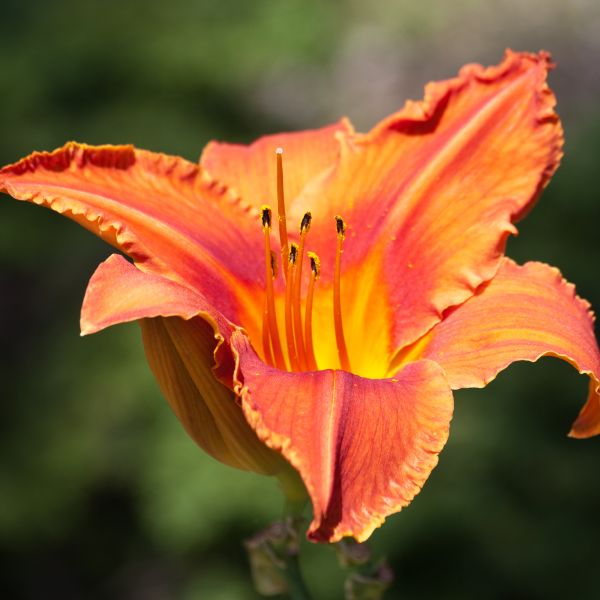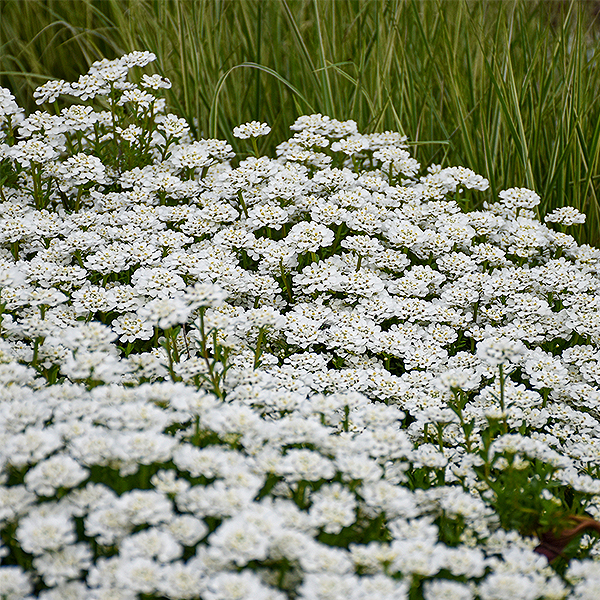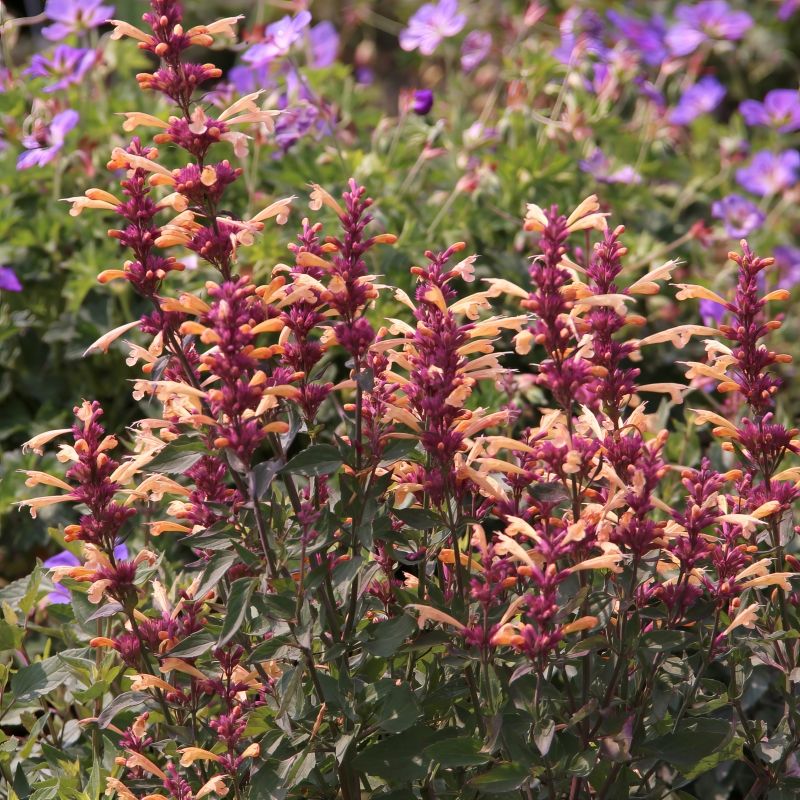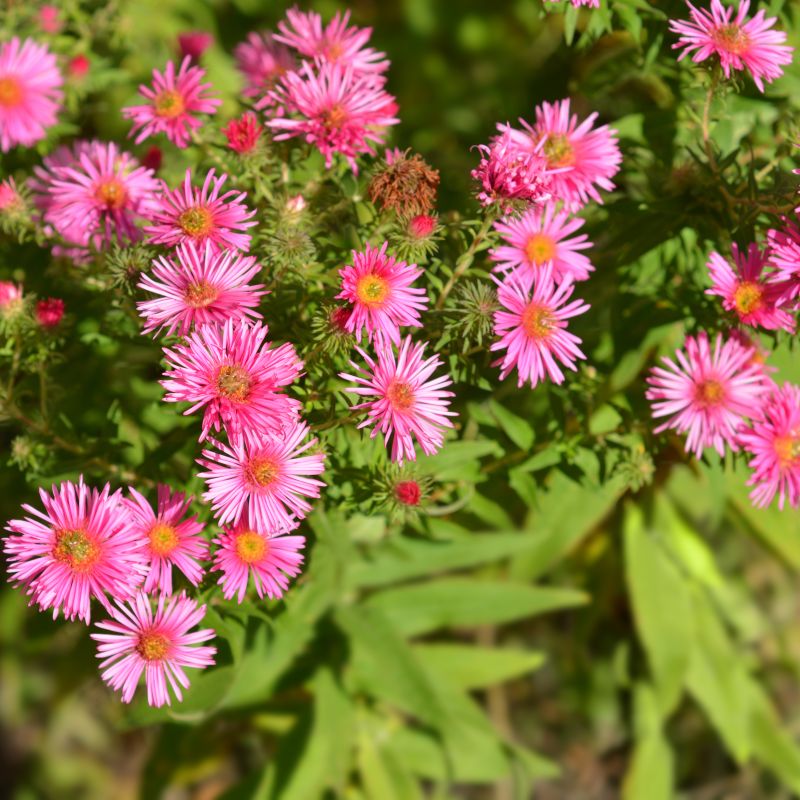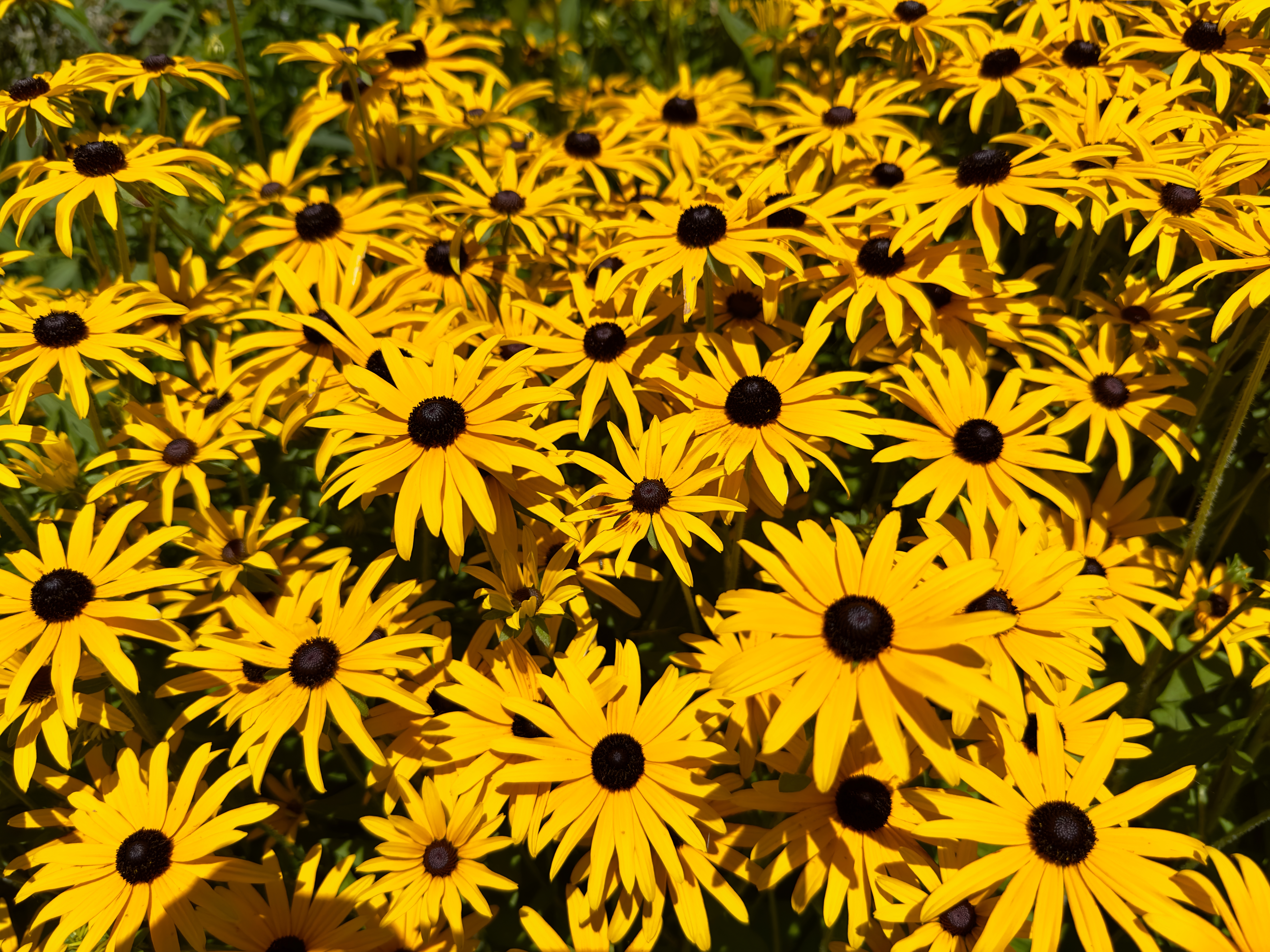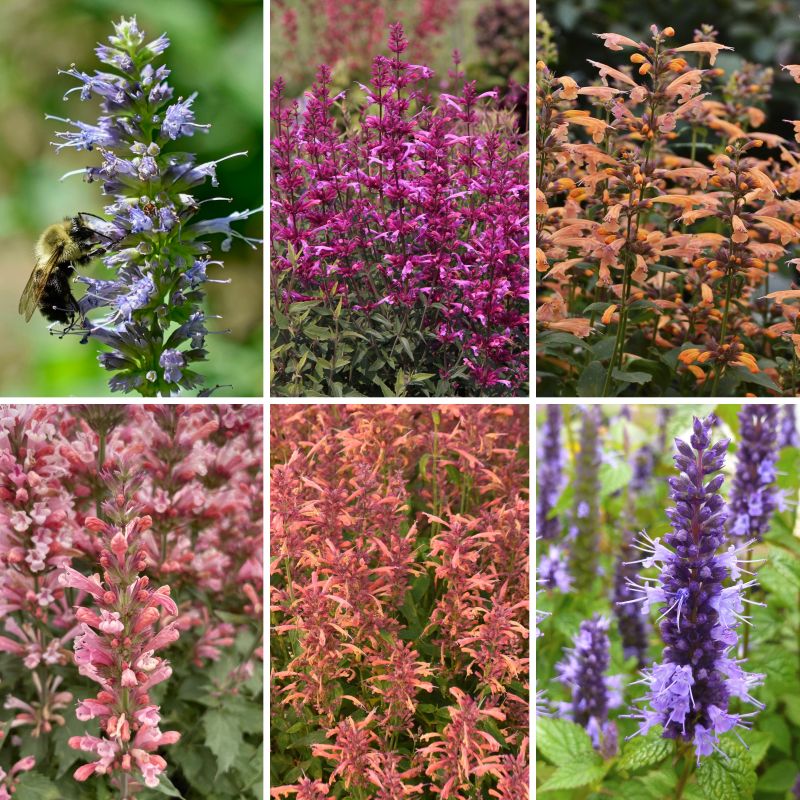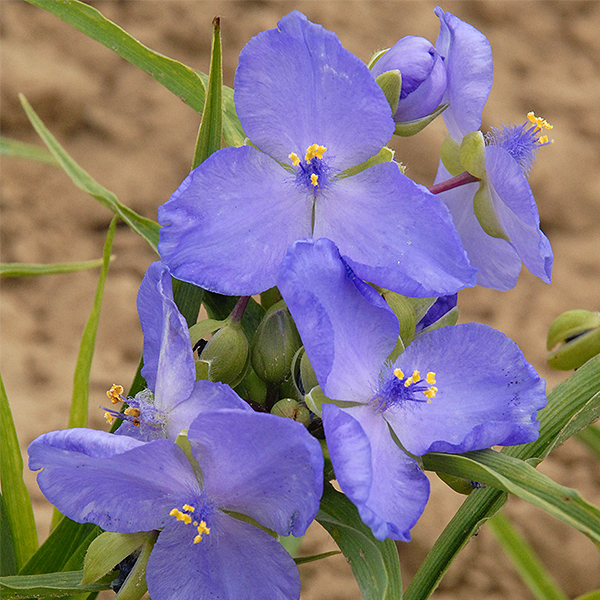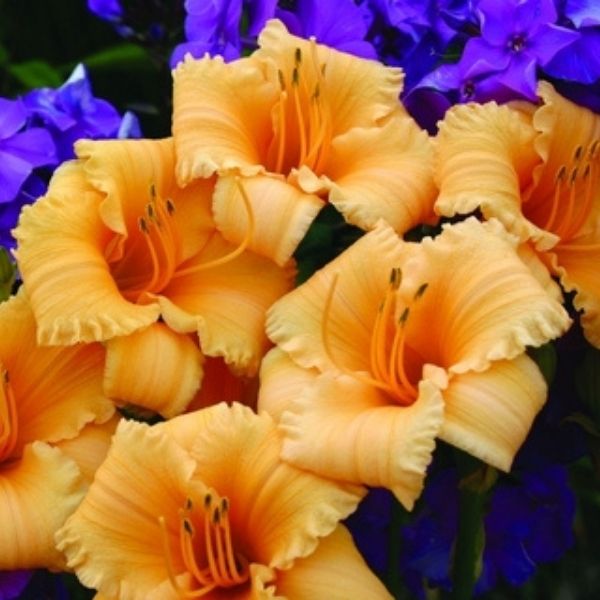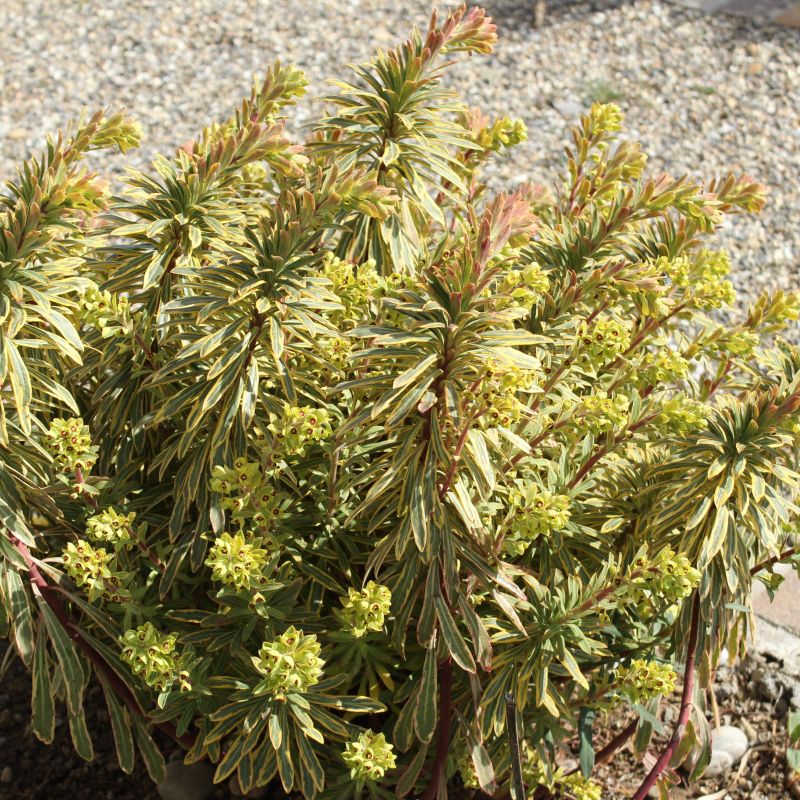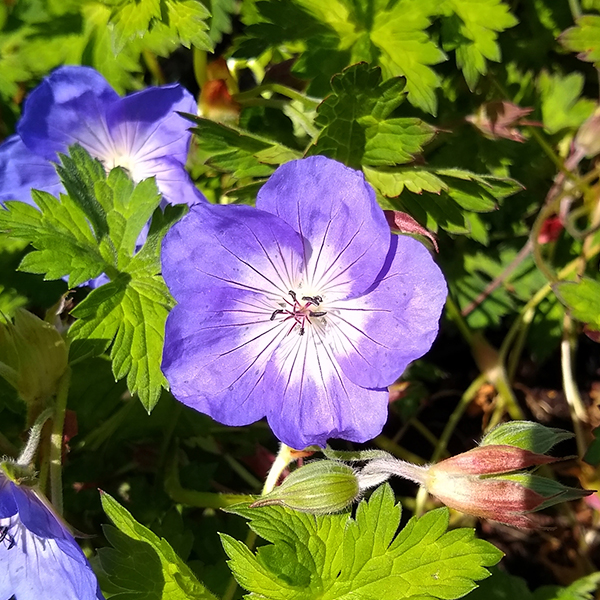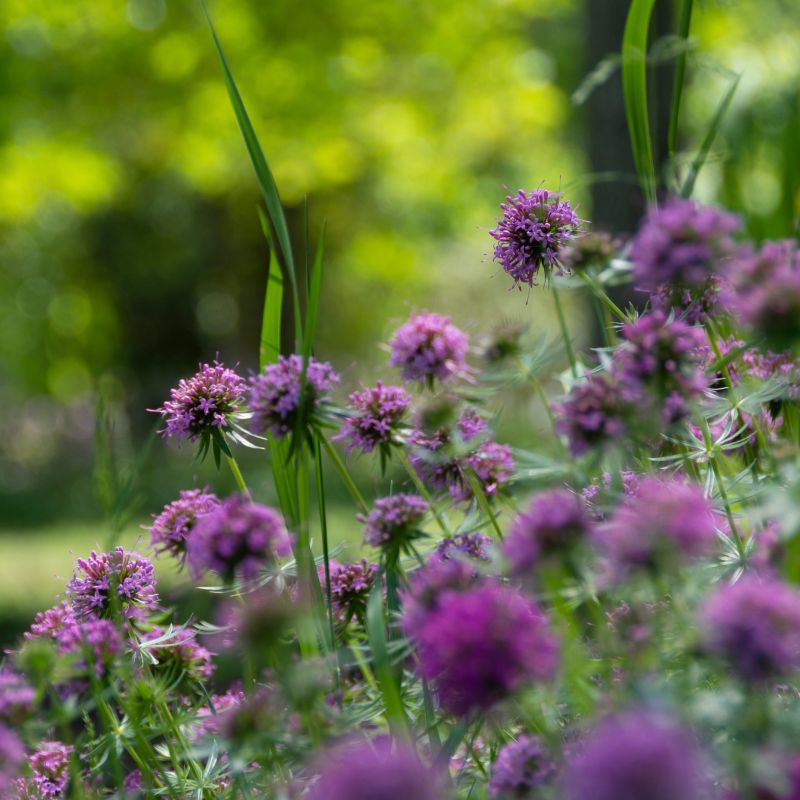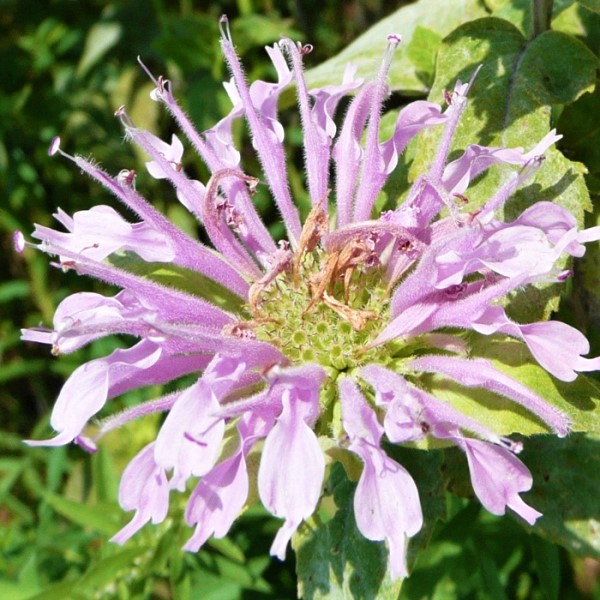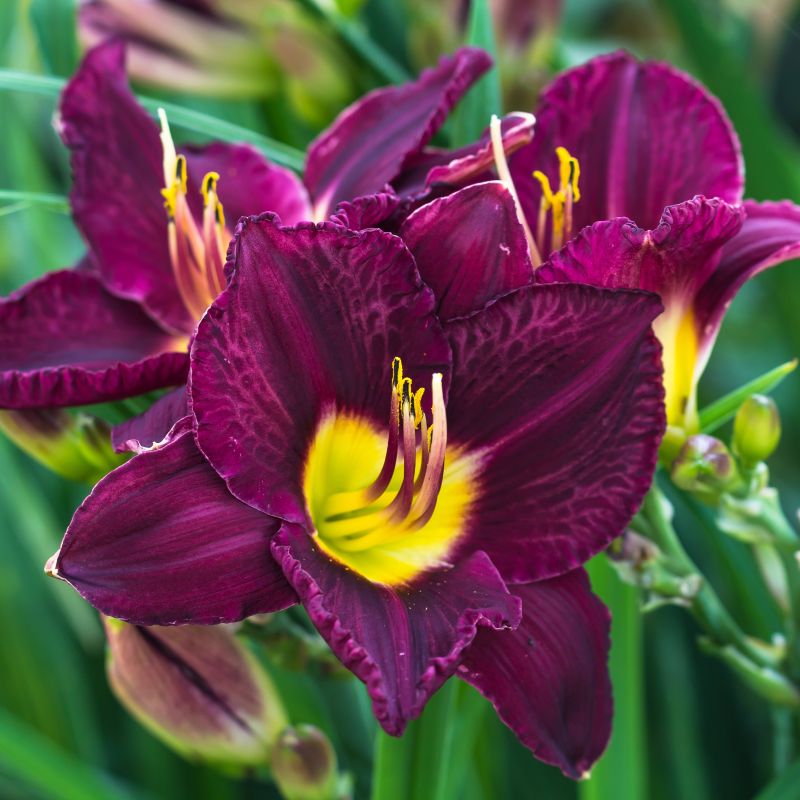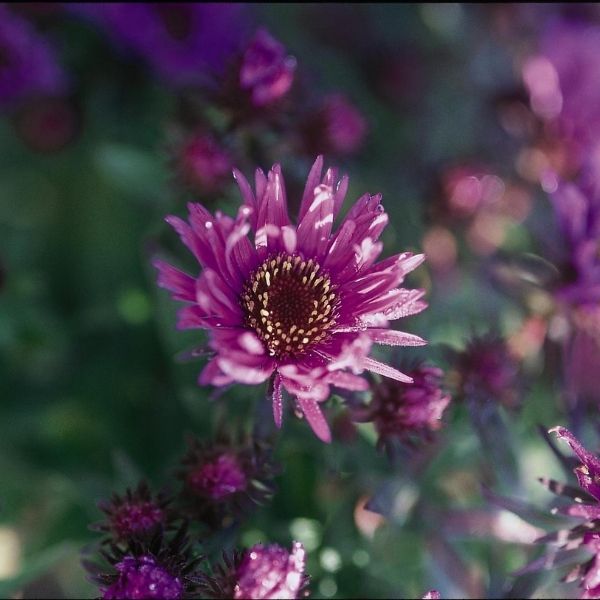
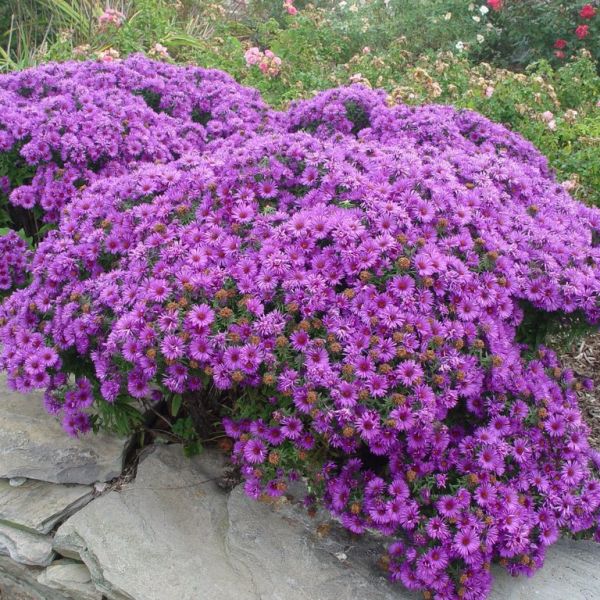
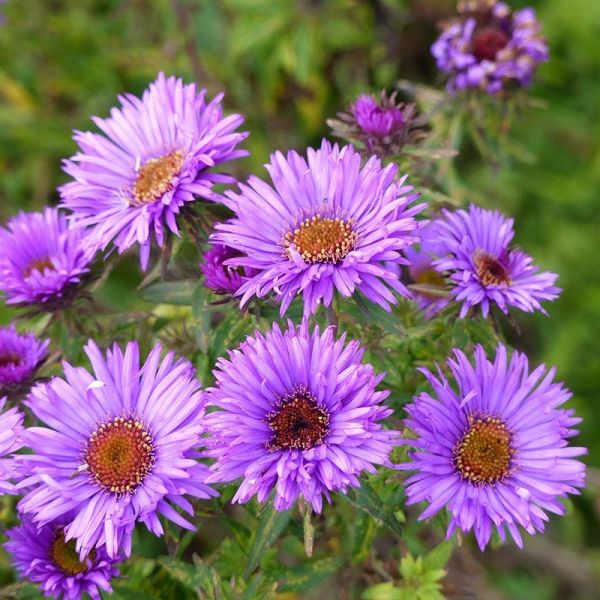
Purple Dome New England Aster
Aster novae-angliae 'Purple Dome'
13 reviews
Purple Dome New England Aster
Aster novae-angliae 'Purple Dome'
13 reviews
- Beautiful purple daisy-like flowers
- Drought tolerant once established
- Attracts butterflies and bees to the garden
$30.00
$43.00
30% Off
- Ships to 43215 in 3 to 7 days
- Free Shipping Over $150
- Plant Arrival Guarantee
- In Stock
- Free Plant Consult
$200
- Premium 1 Gallon
- 1 Gallon
Why Purple Dome New England Aster?
Purple Dome New England Aster is a compact, dwarf variety that produces stunning deep purple, daisy-like flowers in late summer to fall. This low maintenance perennial is perfect for adding a pop of color to garden borders, rock gardens, or containers. It attracts pollinators and butterflies, making it a beautiful and beneficial addition to any garden landscape.
People who loved this plant also bought
Sunlight
Purple Dome New England Aster prefers full sun to partial shade. It thrives in areas with at least 6 hours of direct sunlight per day. Adequate sunlight is essential for the plant to produce colorful blooms and maintain its compact shape.
Watering
Purple Dome New England Aster plants prefer consistently moist soil, especially during the growing season. Water regularly, providing about 1 inch of water per week. Make sure the soil has good drainage to prevent waterlogging. Water at the base of the pla
Fertilizing
Purple Dome New England Aster requires a balanced fertilizer with a high phosphorus content to promote blooming. A slow-release fertilizer applied in early spring can help provide nutrients throughout the growing season. Avoid over-fertilizing as this can
Purple Dome New England Aster
The Purple Dome New England Aster, scientifically known as Aster novae-angliae 'Purple Dome', is a compact and dwarf perennial plant that produces masses of vibrant, purple daisy-like flowers in late summer to fall. This stunning plant typically grows to a height of 12-18 inches and spreads to about 24 inches wide, making it a perfect choice for borders, containers, or rock gardens.
The Purple Dome New England Aster thrives in full sun and well-drained soil, and is relatively low maintenance once established. Its rich purple flowers are highly attractive to butterflies and bees, making it a popular choice for pollinator gardens. This plant is also deer resistant, adding to its appeal for gardeners looking to protect their plants from wildlife damage.
With its compact size, stunning purple blooms, and ability to attract beneficial pollinators, the Purple Dome New England Aster is a must-have for any garden or landscape looking to add a pop of color and ecological value.
Plant Information:
| Botanical Name: | Aster novae-angliae 'Purple Dome' |
| USDA Zones: | 4 - 8 |
| Water: | Moderate |
| Exposure: | Full Sun |
| Soil Needs: | Widely Adaptable |
| Mature Height: | 1 - 2 feet |
| Mature Spread: | 2 - 3 feet |
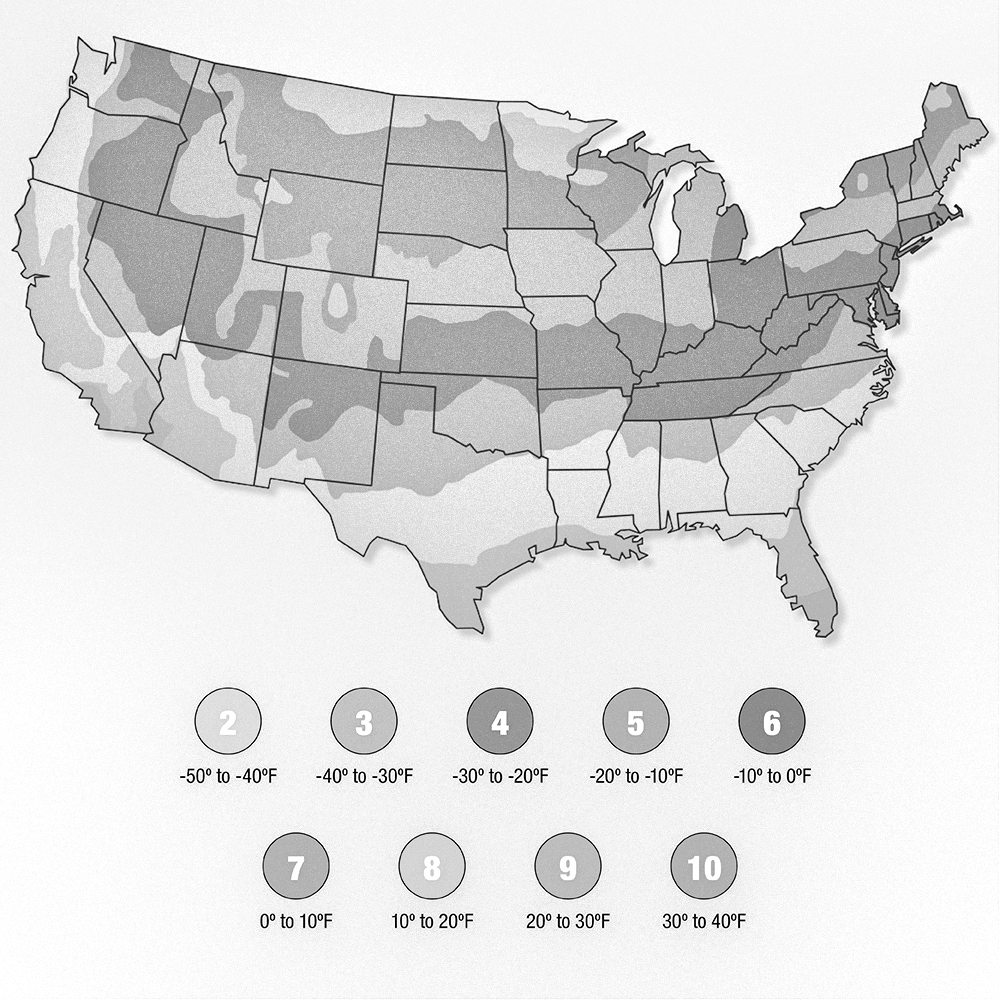
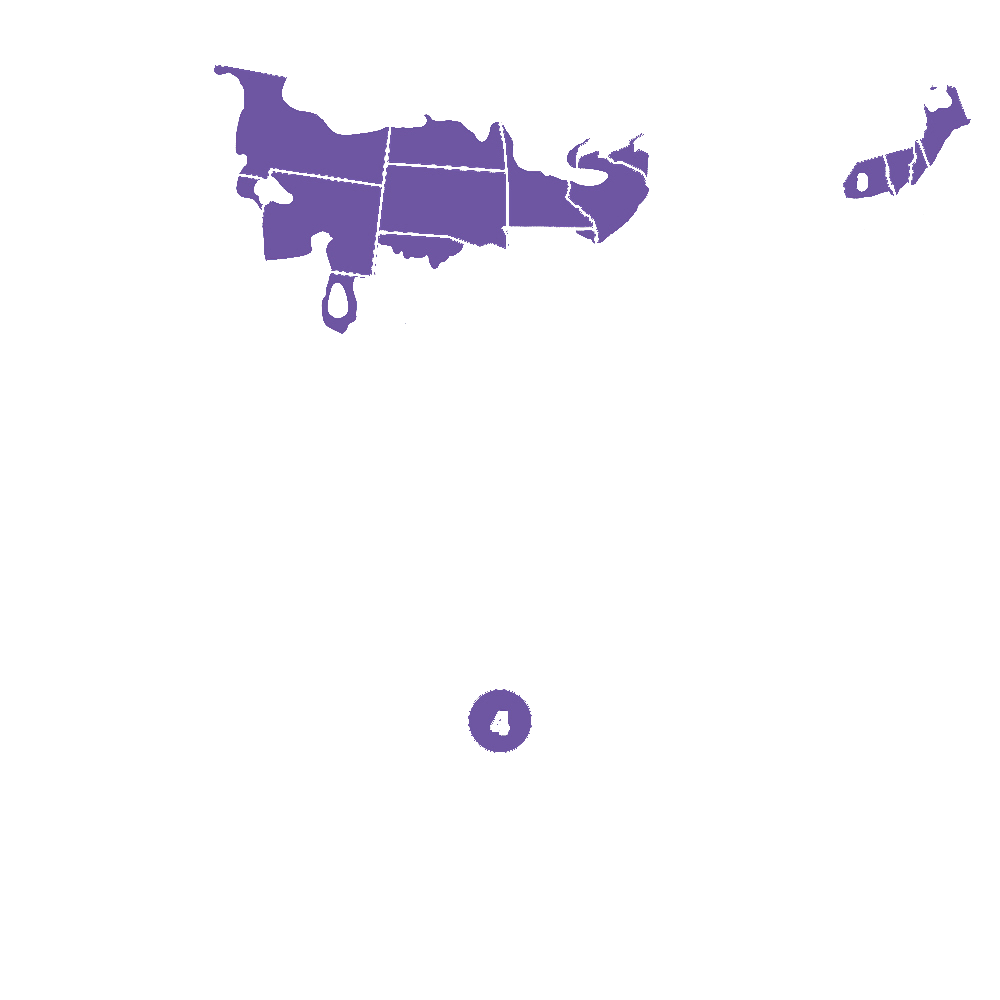
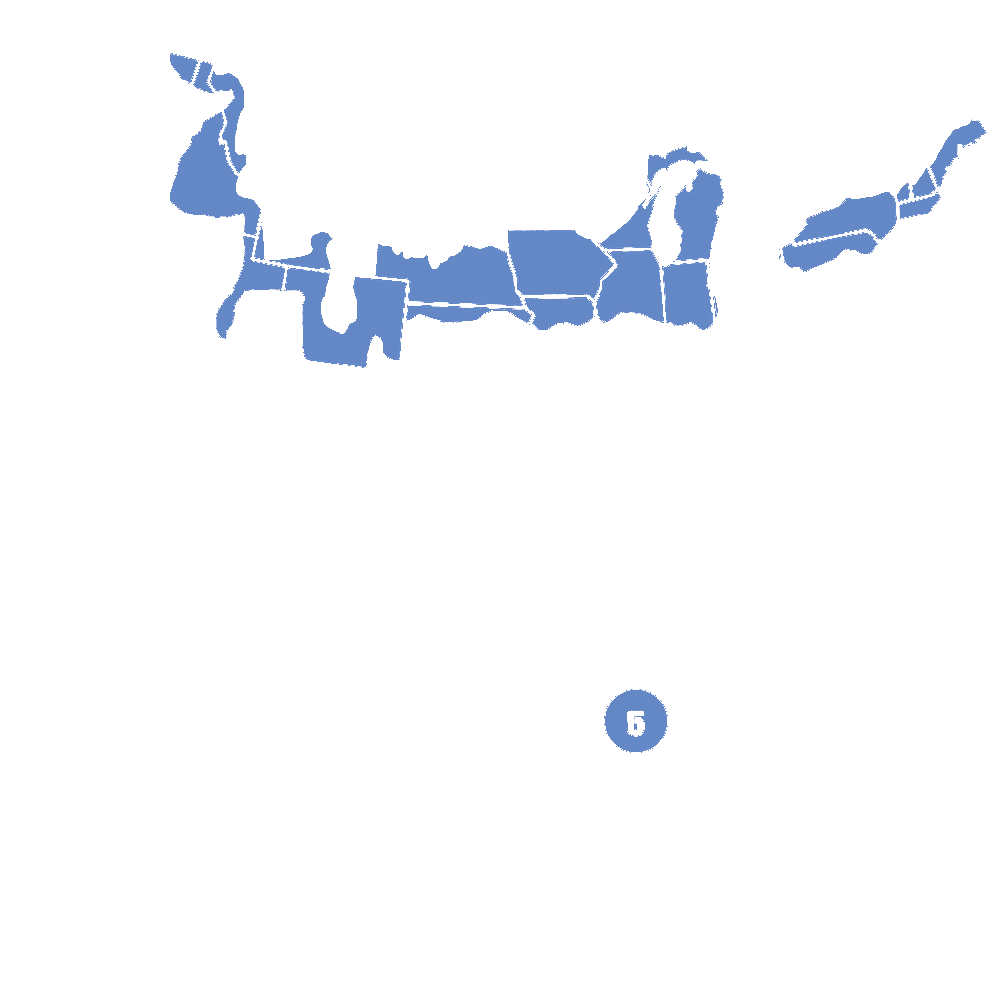
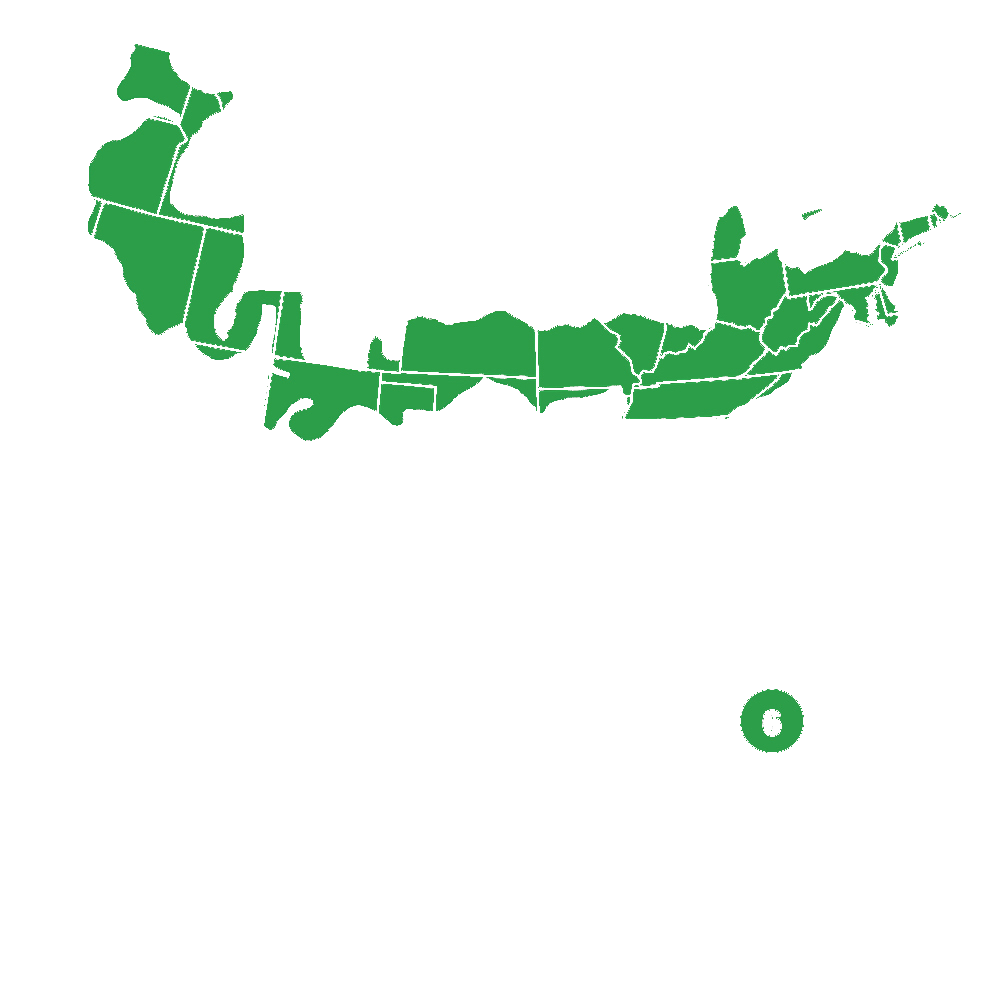
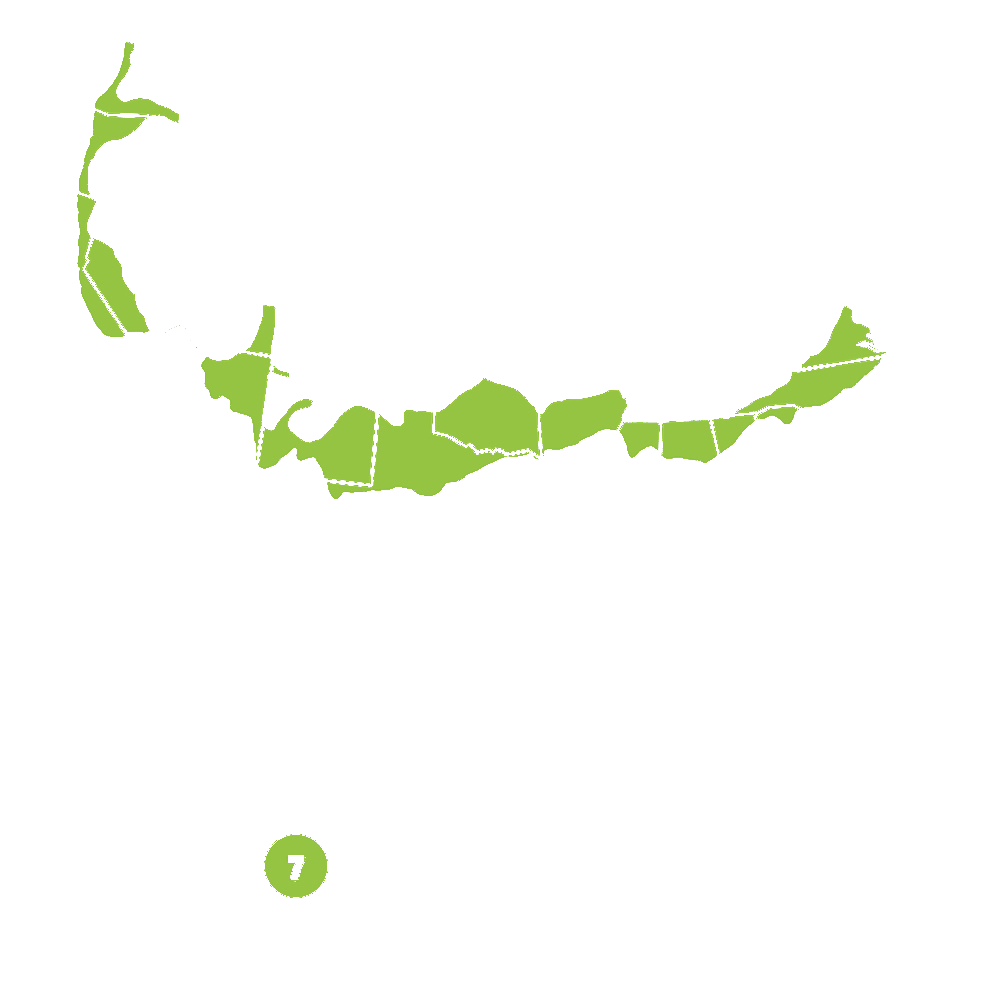
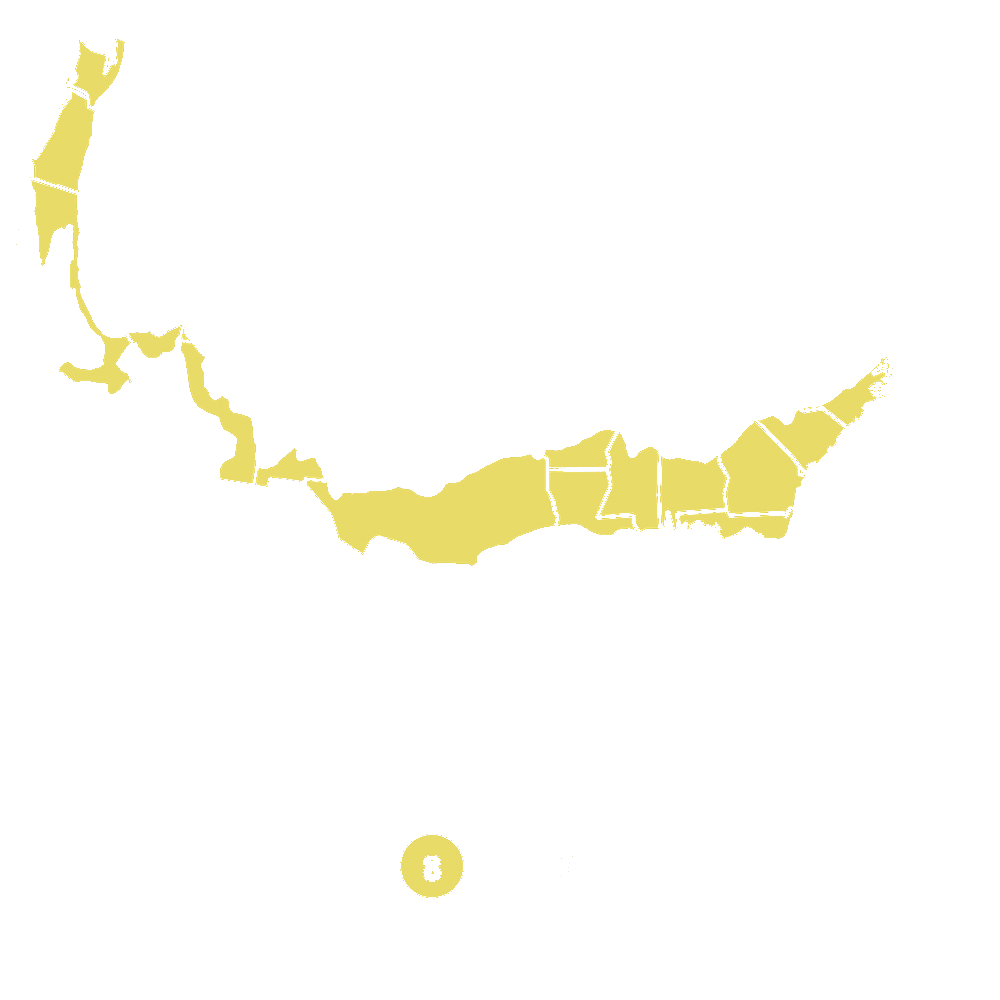
Pollination Info
Pollination Info for Purple Dome New England Aster
The Purple Dome New England Aster (Aster novae-angliae 'Purple Dome') is an attractive perennial plant that produces vibrant purple flowers. As a member of the Asteraceae family, it is a popular choice for gardeners looking to attract pollinators to their outdoor spaces.
Pollinators Attracted
Purple Dome New England Aster is known to attract a variety of pollinators, including bees, butterflies, and birds. The bright purple flowers are particularly appealing to bees, which are important pollinators for many plants.
Pollination Process
When a pollinator visits the Purple Dome New England Aster to collect nectar or pollen, they inadvertently brush against the flower's reproductive organs. This action transfers pollen from one flower to another, leading to pollination and the production of seeds. Pollination is essential for the plant's reproductive success and the production of new plants.
Benefits of Pollination
Pollination is vital for the survival of many plant species, including the Purple Dome New England Aster. By attracting pollinators to the garden, this plant helps support the ecosystem and promotes biodiversity.
Tips for Attracting Pollinators
To maximize the pollination potential of your Purple Dome New England Aster, consider planting it in a sunny location with well-drained soil. Providing a water source, such as a birdbath or shallow dish of water, can also attract pollinators to your garden.
FAQ
Purple Dome New England Aster (Aster novae-angliae 'Purple Dome') FAQ
What is the Purple Dome New England Aster?
The Purple Dome New England Aster is a compact, clump-forming perennial plant with vibrant purple flowers. It is a versatile plant that can be used in borders, mass plantings, or as a low-maintenance ground cover.
How tall does the Purple Dome New England Aster grow?
The Purple Dome New England Aster typically grows to a height of 12-18 inches and spreads to about 18-24 inches wide.
When does the Purple Dome New England Aster bloom?
The Purple Dome New England Aster blooms in late summer to early fall, producing masses of rich purple flowers that attract butterflies and bees.
How do I care for Purple Dome New England Aster?
- Plant in well-drained soil in a sunny location - Water regularly, especially during dry periods - Deadhead faded flowers to encourage more blooms - Cut back in early spring to promote new growth - Divide every 2-3 years to rejuvenate the plant
Is the Purple Dome New England Aster deer resistant?
Yes, the Purple Dome New England Aster is known to be resistant to deer and other wildlife.
Can I grow the Purple Dome New England Aster in a container?
Yes, the Purple Dome New England Aster can be grown in a container as long as it has well-draining soil and receives an adequate amount of sunlight.
Are there any companion plants that pair well with the Purple Dome New England Aster?
Some companion plants that pair well with the Purple Dome New England Aster include Sedum, Russian Sage, Salvia, and Ornamental Grasses.
Planting & Care
Purple Dome New England Aster
Planting Instructions:
- Choose a location with full sun or light shade.
- Plant in well-draining soil with a pH of 6.0-7.0.
- Dig a hole twice as wide and equal depth as the root ball.
- Place the plant in the hole and fill it with soil, tamping down gently.
- Water thoroughly after planting.
Care Instructions:
- Water regularly, keeping the soil evenly moist but not waterlogged.
- Apply a balanced fertilizer in the spring to promote healthy growth.
- Deadhead spent flowers to encourage continuous blooming.
- Divide the plant every 2-3 years to prevent overcrowding.
- Protect from strong winds and stake taller varieties if needed.
Pests and Diseases:
Watch for aphids, caterpillars, and powdery mildew. Treat with insecticidal soap or neem oil as needed.
Propagation:
Divide in the spring or take stem cuttings in the summer for propagation.
Check Out These Verified Customer Reviews:
Customer Reviews
4.6 out of 5 based on 13 reviews
Thank you! Your review has been submitted.
Beautiful and vibrant flowers
Received the item in perfect condition, very happy with the quality.
Thriving in my garden
Item has been added to your cart.

